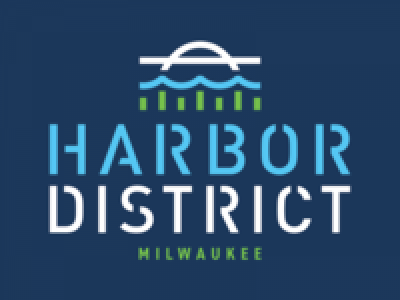
Posted on September 15, 2020
Concern over future projects
The San Mateo County Harbor District is challenging a move by the National Oceanic and Atmospheric Administration to redefine the terms for dredging off the Central California coast.
NOAA oversees the Monterey Bay National Marine Sanctuary, the stretch of protected waters from Marin County to San Luis Obispo. It is proposing a change to its regulations that would require any material deposited into the sanctuary to come from the sanctuary itself in order for such activity to be considered restorative to the sanctuary’s shoreline.
Specifically, the proposal names four sites within the sanctuary — Pillar Point, Santa Cruz, Moss Landing and Monterey harbors — as sources of dredged material that, when placed in the sanctuary, fall under its “beneficial use” definition, meaning it restores habitat.
Additionally, current regulations restrict the placement of dredged material to three sites. The proposed regulation would permit the placement of dredged material anywhere along the sanctuary so long as the material is sourced from the four harbors.
James Pruett, Harbor District general manager, said the rule change will serve the Harbor District’s plans in the short-term, namely a project to rebuild the eroded Surfer’s Beach using sand from Pillar Point Harbor, but it might restrict future projects.
“The harbor can only produce so much sand,” he said. “And there are other projects that could come up into the future that would require much more sand than the harbor can provide.”
A letter the district planned to send to NOAA said the proposed change “is unnecessarily limiting and does not allow for the use of clean sand from other sources for projects that could have great benefits to the sanctuary.”
In its calls for broadening its language, the Harbor District is joined by other agencies, including the Environmental Protection Agency and the U.S. Army Corps of Engineers.
In a separate letter sent to NOAA, the EPA said that it is possible for sediment of similar characteristics as those from the four harbors to come from elsewhere.
“Circumstances may also arise in which local dredged material sources are inadequate to address an urgent need,” the letter said.
Karen Grimmer, the sanctuary’s resource protection coordinator, clarifies that the definition applies specifically to habitat restoration purposes, which she defines as mitigating erosion or sea level rise.
The placement of dredged material can happen anywhere on the sanctuary with the proper permitting, but that doesn’t mean that it will always be considered as a “beneficial use” in service of habitat restoration.
Should NOAA adopt the new definition, Grimmer expects that the agency will add habitat restoration to its criteria of what is considered “beneficial use” in its permitting process.
Many of the beaches along the sanctuary have been shrinking from coastal erosion. Grimmer sees the change as a solution that ensures the survival of public infrastructure throughout the sanctuary and responds specifically to local concerns.
At a public scoping meeting held at the Half Moon Bay Yacht Club in 2015, Grimmer heard community members’ concerns about Surfer’s Beach, which had visibly eroded.
“I’m happy to see this definition change happen because I think it’ll promote action at Surfer’s Beach,” Grimmer said. “I’m hopeful this definition change will promote something the community has wanted for a long time.”
Source: hmbreview





